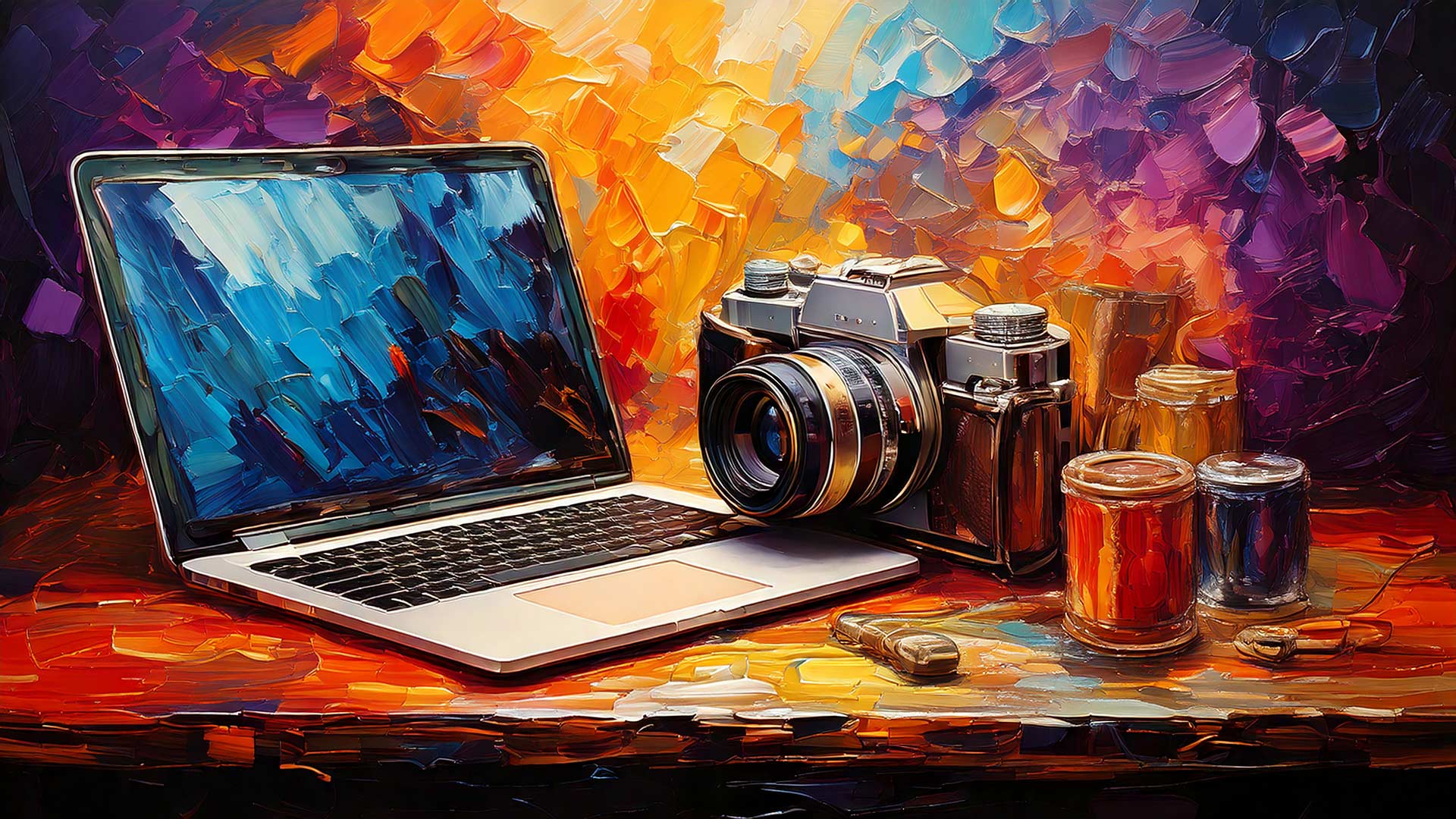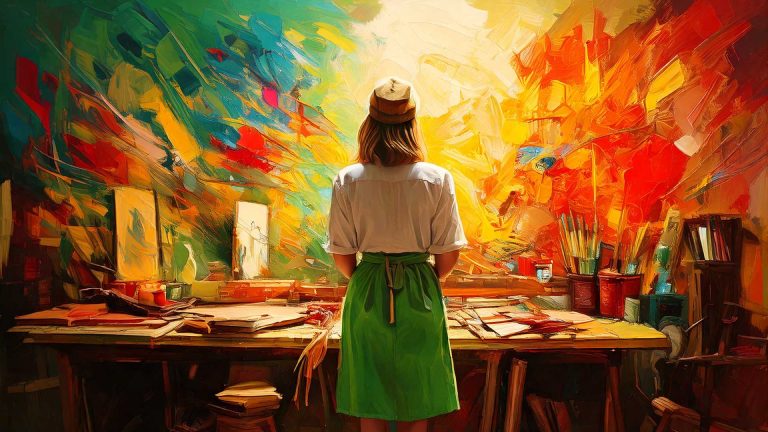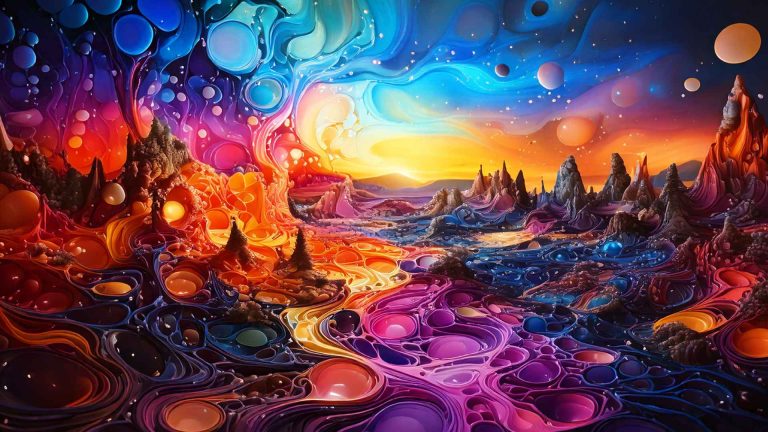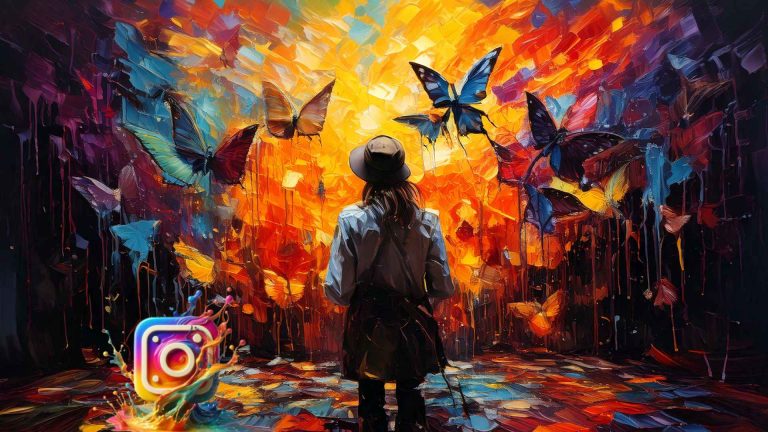Why slowing down creates stronger images
Read time 2 minutes
n a world driven by instant results, digital photography reigns supreme. With ultra-sharp smartphone cameras and feature-packed DSLRs, capturing hundreds of images in seconds has never been easier. Digital photography offers the convenience of immediate feedback, virtually unlimited shots, and post-processing flexibility. For many, it’s a powerful tool for capturing moments quickly, efficiently with on-the-go storytelling.
But what if you could elevate your photography by doing the opposite—slowing down? Film photography—despite being seen as outdated by some—offers a very different experience. At its core, shooting with film encourages a slower, more mindful approach to photography. With a limited number of exposures per roll, each shot becomes more valuable.
Film photography is making a powerful comeback, not just for its nostalgic charm, but for the way it transforms how you create. There’s no LCD screen to fall back on, no instant do-overs—just you, your camera, and the moment. And that changes everything.
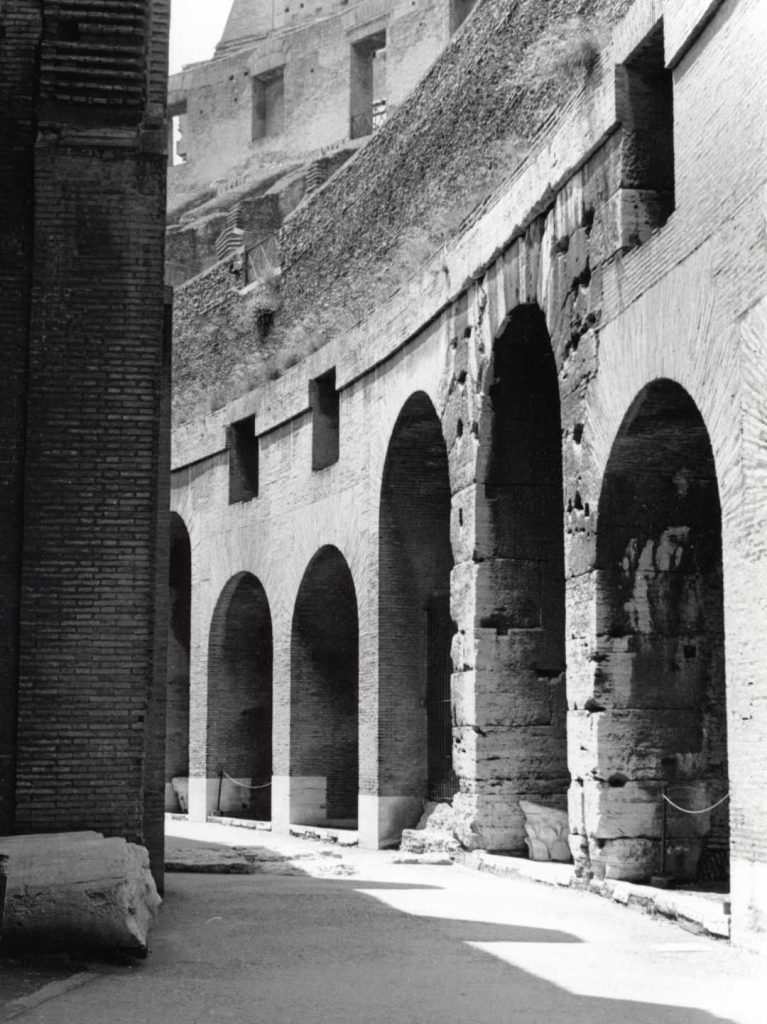
This thoughtful approach leads to stronger, more deliberate compositions. You begin to see differently, you notice subtleties in your surroundings and anticipate the perfect shot before it happens. The result? Photographs that feel richer, more connected, and more meaningful. You think more critically about whether a shot is truly worth taking.
Digital will always have its place—it’s ideal for fast turnarounds, high-volume work, and creative experimentation. But film photography offers something unique: a return to the art of seeing. It builds discipline, sharpens your eye, and reminds you that great photography isn’t about quantity—it’s about vision and intention.
Whether you’re a seasoned pro or just beginning your journey behind the lens, film integration in your practice can reignite your creativity and help you grow as an artist. It’s not about replacing digital—both mediums have their strengths. But film photography’s slower pace and limited frames demand more thought, which can lead to more meaningful and well-composed images. It’s a practice in patience, precision, and presence—skills that can benefit any photographer, no matter the medium.
Ready to see the difference? Pick up a roll, look through the viewfinder, and capture with care. Film photography isn’t just a medium—it’s a mindset.
